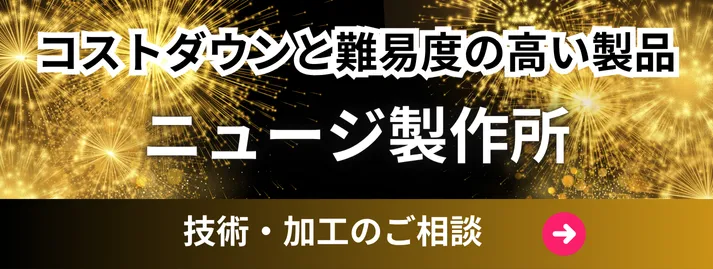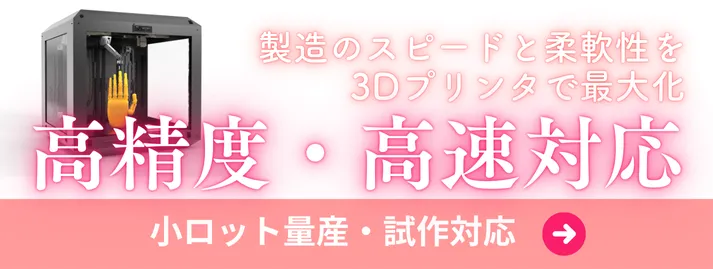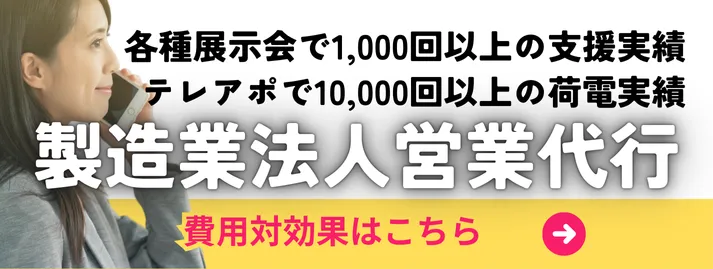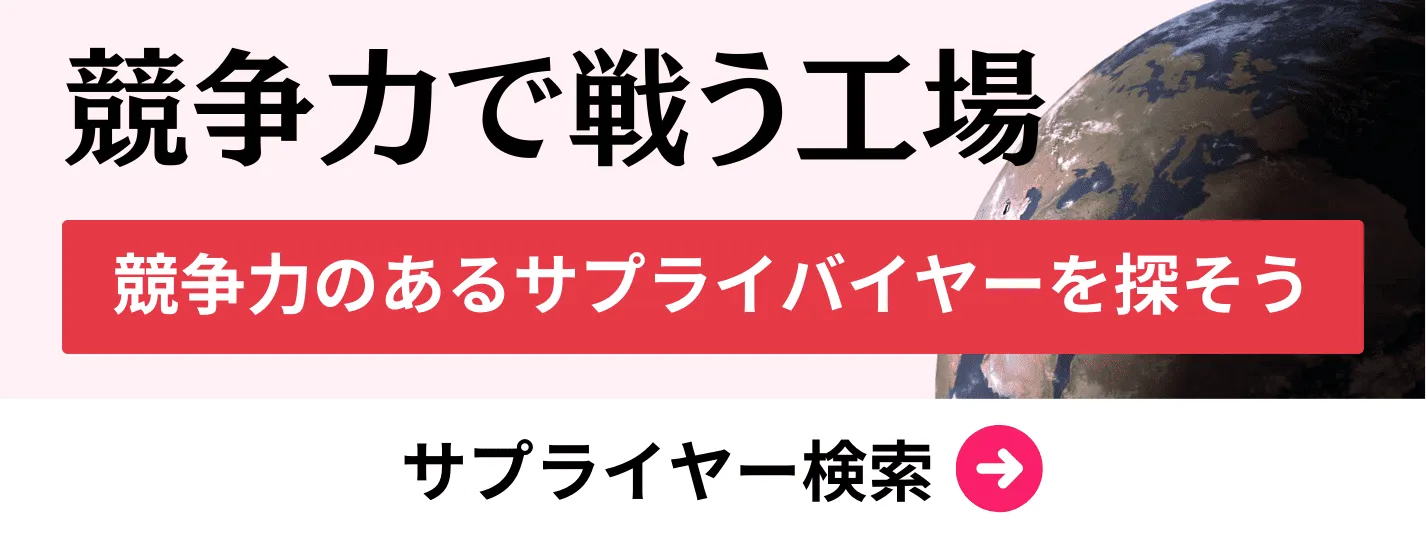- お役立ち記事
- Uncovering Japanese Craftsmanship: The Global Impact of Ferritic Stainless Steel Innovation
月間76,176名の
製造業ご担当者様が閲覧しています*
*2025年3月31日現在のGoogle Analyticsのデータより

Uncovering Japanese Craftsmanship: The Global Impact of Ferritic Stainless Steel Innovation

目次
Introduction to Japanese Ferritic Stainless Steel
Japanese craftsmanship in the field of ferritic stainless steel has set global standards.
Ferritic stainless steel is renowned for its unique properties and applications across various industries.
Japan’s dedication to precision and quality in manufacturing has significantly influenced the global market.
Understanding the intricacies of Japanese ferritic stainless steel can provide valuable insights for procurement and purchasing professionals.
Ferritic Stainless Steel: An Overview
What is Ferritic Stainless Steel?
Ferritic stainless steel is a group of stainless steels known for their ferrite crystal structure.
Unlike austenitic stainless steels, ferritic varieties are magnetic and typically contain higher levels of chromium and lower levels of carbon.
These steels offer excellent resistance to stress corrosion cracking and are often used in automotive, industrial, and infrastructure applications.
Properties and Advantages
Ferritic stainless steels exhibit several advantageous properties.
They have good thermal conductivity, resistance to oxidation, and are generally more affordable than their austenitic counterparts.
Additionally, their magnetic properties make them suitable for specific engineering applications.
These steels also offer excellent weldability and formability, making them versatile for various manufacturing processes.
Applications of Ferritic Stainless Steel
Ferritic stainless steel is widely used in automotive exhaust systems, industrial equipment, kitchen appliances, and architectural structures.
Its resistance to high temperatures and corrosion makes it ideal for components exposed to harsh environments.
The stainless steel’s aesthetic appeal also contributes to its use in consumer products and decorative applications.
Japanese Craftsmanship in Ferritic Stainless Steel
Historical Context
Japan’s manufacturing excellence has deep roots in its industrial history.
Post-World War II, Japan focused on rebuilding its manufacturing capabilities, emphasizing quality and innovation.
This period saw significant advancements in steel production, including ferritic stainless steel, positioning Japan as a global leader.
Technological Innovations
Japanese manufacturers have introduced numerous technological advancements in ferritic stainless steel production.
Precision forging, advanced heat treatment processes, and surface treatment techniques have enhanced the steel’s performance and durability.
These innovations ensure that Japanese ferritic stainless steel meets stringent global quality standards.
Quality Control and Standards
Japan’s commitment to quality is evident in its rigorous quality control measures.
Manufacturers adhere to international standards such as ISO and JIS, ensuring consistency and reliability in their products.
Comprehensive testing and inspection processes guarantee that ferritic stainless steel components perform reliably in demanding applications.
The Global Impact of Japanese Ferritic Stainless Steel
Market Leadership
Japanese ferritic stainless steel holds a significant share in the global market.
Its reputation for high quality and reliability has made it a preferred choice among multinational corporations.
Japanese steel manufacturers often collaborate with global partners, enhancing their market presence and influence.
Economic Contributions
The export of ferritic stainless steel has been a substantial contributor to Japan’s economy.
By supplying high-demand markets such as automotive, construction, and manufacturing, Japanese firms have maintained robust trade relationships worldwide.
These economic contributions underscore the importance of ferritic stainless steel in Japan’s industrial landscape.
Environmental Considerations
Japanese manufacturers prioritize sustainable practices in ferritic stainless steel production.
Efficient energy use, waste reduction, and recycling initiatives are integral to their operations.
These environmentally conscious practices not only comply with global regulations but also enhance the appeal of Japanese ferritic stainless steel in eco-sensitive markets.
Procurement and Purchasing Perspectives
Advantages of Sourcing from Japanese Suppliers
Sourcing ferritic stainless steel from Japanese suppliers offers several benefits.
Japanese manufacturers are known for their high quality and reliability, ensuring that procured materials meet stringent specifications.
Additionally, Japan’s advanced logistics and supply chain management facilitate timely deliveries and reduce lead times.
The strong emphasis on customer service and support further enhances the procurement experience.
Disadvantages and Challenges
Despite the advantages, there are challenges associated with sourcing from Japan.
Higher costs compared to some other markets can impact overall procurement budgets.
Cultural and language barriers may also pose communication challenges, potentially affecting negotiations and order specifications.
Moreover, geographic distance can lead to longer shipping times and increased transportation costs.
Supplier Negotiation Techniques
Effective negotiation with Japanese suppliers requires understanding their business culture and expectations.
Building long-term relationships is crucial, as trust and mutual respect are highly valued in Japanese business practices.
Negotiators should be prepared for a collaborative approach, focusing on win-win outcomes rather than confrontational tactics.
Clear communication, punctuality, and demonstrating a commitment to quality can facilitate successful negotiations.
Market Conditions and Trends
The global market for ferritic stainless steel is dynamic, influenced by factors such as economic growth, technological advancements, and environmental regulations.
Japanese suppliers continuously innovate to stay competitive, investing in research and development to improve product performance and sustainability.
Understanding current market trends, such as the shift towards lightweight materials in automotive applications or the emphasis on eco-friendly products, can inform procurement strategies and sourcing decisions.
Risk Management in Procurement
Managing risks is essential when sourcing ferritic stainless steel from Japanese suppliers.
Potential risks include supply chain disruptions, currency fluctuations, and changes in trade policies.
Implementing strategies such as diversifying suppliers, locking in exchange rates, and staying informed about geopolitical developments can mitigate these risks.
Additionally, establishing strong relationships with suppliers can enhance resilience and support during unforeseen challenges.
Best Practices for Procuring Japanese Ferritic Stainless Steel
Adopting best practices can optimize the procurement process and ensure successful outcomes.
Key practices include thorough supplier evaluation, clear specification communication, and establishing robust quality assurance protocols.
Furthermore, maintaining open lines of communication and fostering collaborative relationships with suppliers can enhance mutual understanding and cooperation.
Leveraging technology, such as procurement software and supply chain management tools, can also streamline operations and improve efficiency.
Supplier Relationship Management
Building Strong Partnerships
Building strong partnerships with Japanese suppliers is vital for long-term success.
Investing time in relationship-building activities, such as regular meetings, site visits, and collaborative projects, can strengthen ties and foster trust.
Understanding the supplier’s business practices, goals, and challenges allows for more effective collaboration and problem-solving.
Continuous Improvement and Innovation
Encouraging continuous improvement and innovation within the supplier network enhances product quality and operational efficiency.
Collaborating on joint development projects and sharing best practices can drive mutual growth and competitive advantage.
Japanese suppliers often embrace a culture of kaizen, or continuous improvement, which aligns well with collaborative procurement strategies.
Performance Monitoring and Feedback
Regularly monitoring supplier performance and providing constructive feedback is essential for maintaining high standards.
Establishing key performance indicators (KPIs) and conducting periodic reviews can identify areas for improvement and ensure that suppliers meet expectations.
Transparent and honest feedback fosters a culture of accountability and promotes ongoing enhancements in quality and service.
Logistics and Supply Chain Considerations
Efficient Supply Chain Management
Effective supply chain management is critical when sourcing ferritic stainless steel from Japan.
Optimizing logistics processes, including transportation, warehousing, and inventory management, can reduce costs and improve delivery times.
Collaborating with reliable logistics partners and utilizing advanced supply chain technologies can enhance overall efficiency and reliability.
Transportation and Shipping
Transportation methods and shipping logistics play a significant role in the procurement of Japanese ferritic stainless steel.
Choosing the appropriate shipping mode, whether sea, air, or land, depends on factors such as lead time, cost, and the nature of the goods.
Proper packaging and handling are essential to prevent damage during transit and ensure the integrity of the stainless steel products upon arrival.
Inventory Management Strategies
Implementing effective inventory management strategies helps balance supply and demand while minimizing holding costs.
Techniques such as just-in-time (JIT) inventory, safety stock levels, and demand forecasting can optimize inventory levels and enhance procurement efficiency.
Collaborating closely with suppliers to align inventory practices can lead to more responsive and flexible supply chain operations.
Quality Control and Assurance
Ensuring Product Quality
Maintaining high-quality standards is paramount when procuring ferritic stainless steel from Japanese suppliers.
Implementing stringent quality control measures, including incoming inspections, material certifications, and compliance testing, ensures that materials meet required specifications.
Collaborating with suppliers on quality assurance processes can streamline inspections and reduce the risk of defects.
Certification and Compliance
Adhering to international and industry-specific certifications enhances the credibility and acceptability of ferritic stainless steel products.
Japanese suppliers often hold certifications such as ISO 9001 and ISO 14001, indicating their commitment to quality management and environmental responsibility.
Ensuring that suppliers comply with relevant standards and regulations is essential for maintaining product integrity and accessing global markets.
Continuous Quality Improvement
Promoting a culture of continuous quality improvement leads to sustained excellence in product offerings.
Encouraging suppliers to adopt methodologies such as Six Sigma, Total Quality Management (TQM), and Lean Manufacturing can enhance operational efficiency and product quality.
Regularly reviewing and updating quality assurance protocols ensures that standards remain aligned with evolving industry requirements and customer expectations.
Cost Management and Pricing Strategies
Understanding Cost Structures
Analyzing the cost structures of Japanese ferritic stainless steel suppliers provides insights into pricing strategies and negotiation opportunities.
Factors influencing costs include raw material prices, labor costs, production efficiencies, and overheads.
Understanding these elements helps procurement professionals assess the fairness of pricing and identify potential areas for cost reduction.
Pricing Negotiation Techniques
Effective pricing negotiations require a strategic approach.
Leveraging volume discounts, long-term contracts, and value-added services can create mutually beneficial pricing agreements.
Additionally, demonstrating a commitment to long-term partnerships and consistent business can strengthen negotiating positions and lead to more favorable terms.
Total Cost of Ownership (TCO) Analysis
Conducting a Total Cost of Ownership analysis goes beyond initial purchase prices to consider all associated costs over the product lifecycle.
TCO factors include transportation, inventory holding, maintenance, and disposal costs.
Evaluating TCO helps in making informed procurement decisions that optimize overall expenditures and enhance value.
Best Practices in Procuring Japanese Ferritic Stainless Steel
Establishing Clear Specifications
Defining clear and detailed specifications ensures that suppliers understand the exact requirements for ferritic stainless steel products.
Providing comprehensive technical documents, including material grades, dimensions, and performance criteria, minimizes misunderstandings and reduces the risk of non-compliance.
Leveraging Technology and Data
Utilizing advanced procurement technologies and data analytics enhances decision-making and operational efficiency.
Implementing procurement software, supply chain management tools, and data-driven forecasting models can streamline processes and provide valuable insights into market trends and supplier performance.
Fostering Collaborative Relationships
Encouraging collaborative relationships with suppliers promotes mutual growth and innovation.
Engaging in joint development projects, sharing market intelligence, and aligning strategic goals can strengthen partnerships and create competitive advantages for both parties.
Continuous Learning and Adaptation
Staying informed about industry developments, market trends, and technological advancements is essential for effective procurement.
Investing in continuous learning and adapting procurement strategies in response to changing conditions ensures that organizations remain competitive and resilient in the global market.
Conclusion
Japanese craftsmanship in ferritic stainless steel has had a profound impact on the global market.
Through a combination of advanced technology, stringent quality control, and a commitment to continuous improvement, Japanese suppliers have established themselves as leaders in this field.
For procurement and purchasing professionals, understanding the nuances of Japanese ferritic stainless steel and adopting best practices in sourcing can lead to substantial benefits.
By leveraging the strengths of Japanese manufacturing, organizations can achieve enhanced product quality, operational efficiency, and competitive advantage in their respective markets.
 資料ダウンロード
資料ダウンロード
QCD管理受発注クラウド「newji」は、受発注部門で必要なQCD管理全てを備えた、現場特化型兼クラウド型の今世紀最高の受発注管理システムとなります。
 ユーザー登録
ユーザー登録
受発注業務の効率化だけでなく、システムを導入することで、コスト削減や製品・資材のステータス可視化のほか、属人化していた受発注情報の共有化による内部不正防止や統制にも役立ちます。
 NEWJI DX
NEWJI DX
製造業に特化したデジタルトランスフォーメーション(DX)の実現を目指す請負開発型のコンサルティングサービスです。AI、iPaaS、および先端の技術を駆使して、製造プロセスの効率化、業務効率化、チームワーク強化、コスト削減、品質向上を実現します。このサービスは、製造業の課題を深く理解し、それに対する最適なデジタルソリューションを提供することで、企業が持続的な成長とイノベーションを達成できるようサポートします。
 製造業ニュース解説
製造業ニュース解説
製造業、主に購買・調達部門にお勤めの方々に向けた情報を配信しております。
新任の方やベテランの方、管理職を対象とした幅広いコンテンツをご用意しております。
 お問い合わせ
お問い合わせ
コストダウンが利益に直結する術だと理解していても、なかなか前に進めることができない状況。そんな時は、newjiのコストダウン自動化機能で大きく利益貢献しよう!
(β版非公開)









